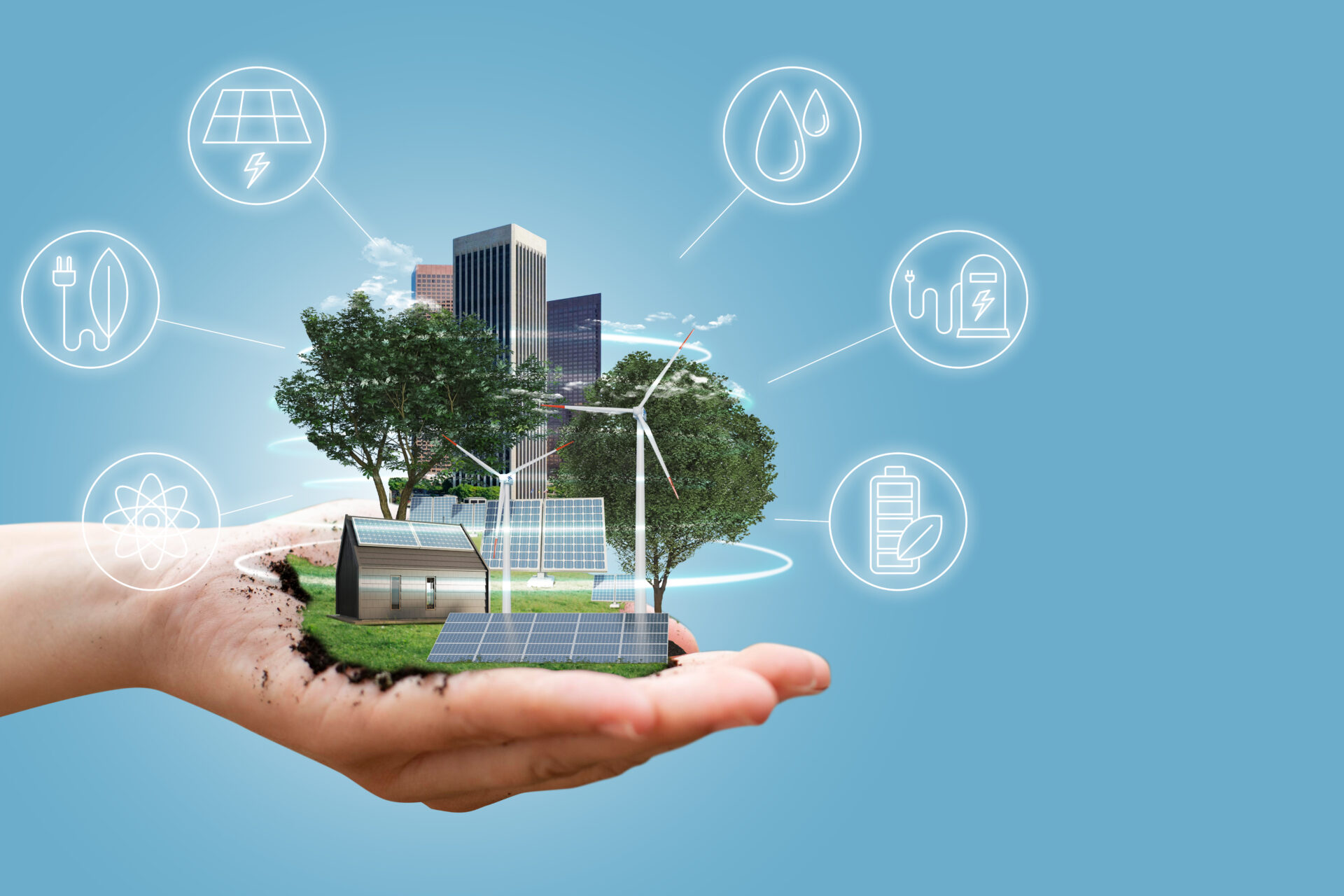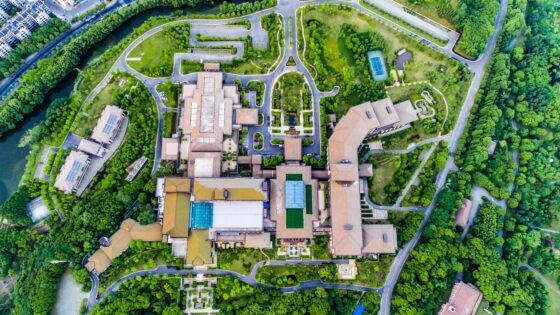Net zero energy buildings often known as green buildings, are structures that generate. Have you heard about net zero energy buildings? This is one of the innovations in the construction industry to utilize sustainable energy resources to transform the way of living. As an architect student, you need to know how the industry foresees these goals and its effects. Though, the best b arch colleges in Coimbatore cover these topics in five-year courses. Let’s discuss it briefly.
What is net zero energy building?
All of their own energy and emit no carbon dioxide in the process. Simply said, a net zero energy building is one that generates as much energy annually as it uses. These structures have the ability to draw energy from electrical systems and then send any extra power back to balance out their energy use.
Things need to consider when developing a zero-energy framework:
The goal is to build a zero-energy building that uses natural resources, reduces waste, and uses all of the energy that can be produced. Engineers, architects, developers, owners, builders and individuals typically make up the construction team.
Consider the building as a single energy system in which every component must be energy efficient when building a zero-energy structure.
- Only those building materials, systems, and assemblies that reduce energy consumption and make use of all built-in renewable energy are taken into account.
- The robust thermal envelope of the building provides a continuous air and moisture barrier, which improves efficiency and creates a tranquil indoor environment.
- Since the goal of a zero-energy building is to make the most of the sun’s energy, site orientation is a crucial factor.
- The windows ought to be able to let in as much natural light as possible, regulate temperature variations, and automatically dim when the sun hits them.
- Shades can help keep windows facing south from getting too hot in the summer and too cold in the winter.
- The roof of a zero-energy building prevents the solar panels from generating heat, keeping the building cool.
Technologies used to achieve zero net energy buildings:
- Energy-efficient architecture:
Zero net energy buildings need an innovative architectural design that considers energy efficiency as the first priority. Architects need to be aware of things such as high-performance insulation, windows, and doors to limit energy transfer, as well as orient buildings to maximize natural light and reduce heat absorption or loss.
- Passive design techniques:
Zero net energy buildings use passive design techniques which you may learn in your course at top b des colleges in Coimbatore. However, it makes use of climate-related natural phenomena to reduce their energy requirements. It includes passive solar design, natural ventilation, shading devices, and thermal mass. So, it’s easy to control indoor temperatures and lessen dependency on mechanical heating, ventilation, and air conditioning systems.
- Lighting and appliances:
Zero net energy buildings can make use of LED lighting systems and energy-efficient appliances to reduce electricity utilization. The goal is to reduce energy waste and improve the building’s overall energy efficiency which is possible via lighting appliances.
- Structure optimization:
The outer walls, roof, and foundation of a structure make up its covering, which is crucial in reducing energy losses. Zero net energy buildings use techniques to enhance the thermal performance of the building envelope and lower energy requirements, such as excellent insulation, air sealing, and high-performance windows.
- Water conservation:
Zero net energy building structures frequently use water conservation techniques to reduce total resource use. This could include water-saving plumbing fittings, methods for collecting rainwater for non-potable uses, and landscaping.
What are the challenges in zero-net energy buildings?
It is evident that zero net energy buildings are beneficial today but that comes with a lot of other challenging factors. Let’s discuss this.
- Expensive:
You need significant initial investment in energy-efficient technologies like insulation, solar panels and high-performance windows. So, it is challenging to cover the cost as the design and building is higher than the conventional building.
- Design complexity:
The orientation of buildings, shading, insulation, ventilation, and technologies to produce energy are the most important factors in constructing zero net energy buildings. Therefore, each of these factors needs to be optimized. The challenge is the design process is more complicated and time-consuming compared to conventional buildings.
- Maintenance and its functions:
There is a need for monitoring and maintenance systems to ensure the building energy systems are operating at their potential. Secondly, the individual who stays in such a building should be aware and know how to use the building’s energy systems and its energy-saving behaviors. However, the Internet of Things advancements are helpful for administrations and building owners in monitoring the systems and overseeing the frameworks to reduce potential risks.
- Integration into the grid:
It is necessary for careful integration of the local electricity grid in zero net energy buildings as it is capable of generating excess energy. So, building owners need to be careful as there is a need to negotiate with the utilities to ensure fair compensation for the energy they generate.
- Adaptability:
The design of this building may need to be adapted to the local climate and weather patterns, which can present challenges for building owners and operators in various locations.
The above concepts may give you a clear picture of advancements in the construction industry through zero-net energy buildings. And the future expects architects from the best planning college in India to acknowledge and be aware of green buildings.






